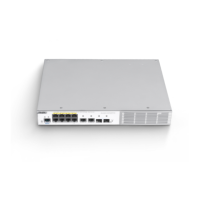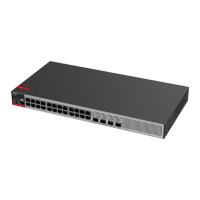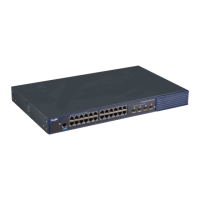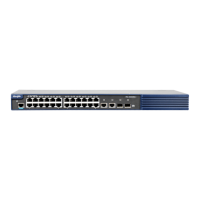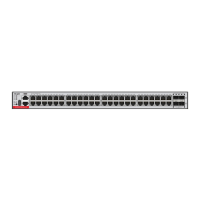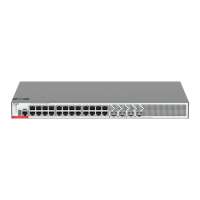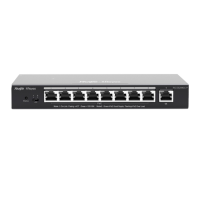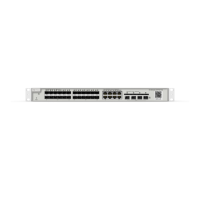Configuration Guide 802.1x Configuration
RADIUS SERVER mode: The user IP is specified by the RADIUS SERVER. The user can only use the IP specified by
the RADIUS SERVER to be able to access the network.
SUPPLICANT mode: The IP bound to the user is the IP of the PC during the SUPPLICANT’s authentication. After the
authentication, the user can only use that IP to be able to access the network.
The application models in the four modes are as follows:
DISABLE mode: Suitable for the environment with no limits for the users. The user can access the network once
he/she passes the authentication.
DHCP SERVER mode: The user PC gets the IP address via DHCP. The administrator configures the DHCP RELAY
of the device to limit the DHCP SERVER that the users can access. In this way, only the IPs allocated by the
specified DHCP SERVER are legal.
RADIUS SERVER mode: The user PC uses fixed IP. The RADIUS SERVER is configured with <user-IP> mapping
relations that are notified to the device via the Framed-IP-Address attributes of the device. The user has to use that
IP to be able to access the network.
SUPPLICANT mode: The user PC uses fixed IP. The SUPPLICANT notifies the information to the device. The user
has to use the IP at authentication to be able to access the network.
When the user switches modes, it will cause all authenticated users to get offline. So, it is recommended to
configure the authentication mode before the use.
In the privileged EXEC mode, configure the IP authorization mode as follows:
The example below configures the IP authorization mode as the RADIUS-SERVER mode:
Ruijie# configure terminal
Ruijie(config)# aaa authorization ip-auth-mode radius-server
Ruijie(config)# end
Ruijie# show running-config
!
aaa new-model
!
aaa authorization ip-auth-mode radius-server
!
Ruijie# write memory
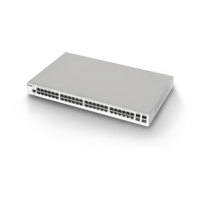
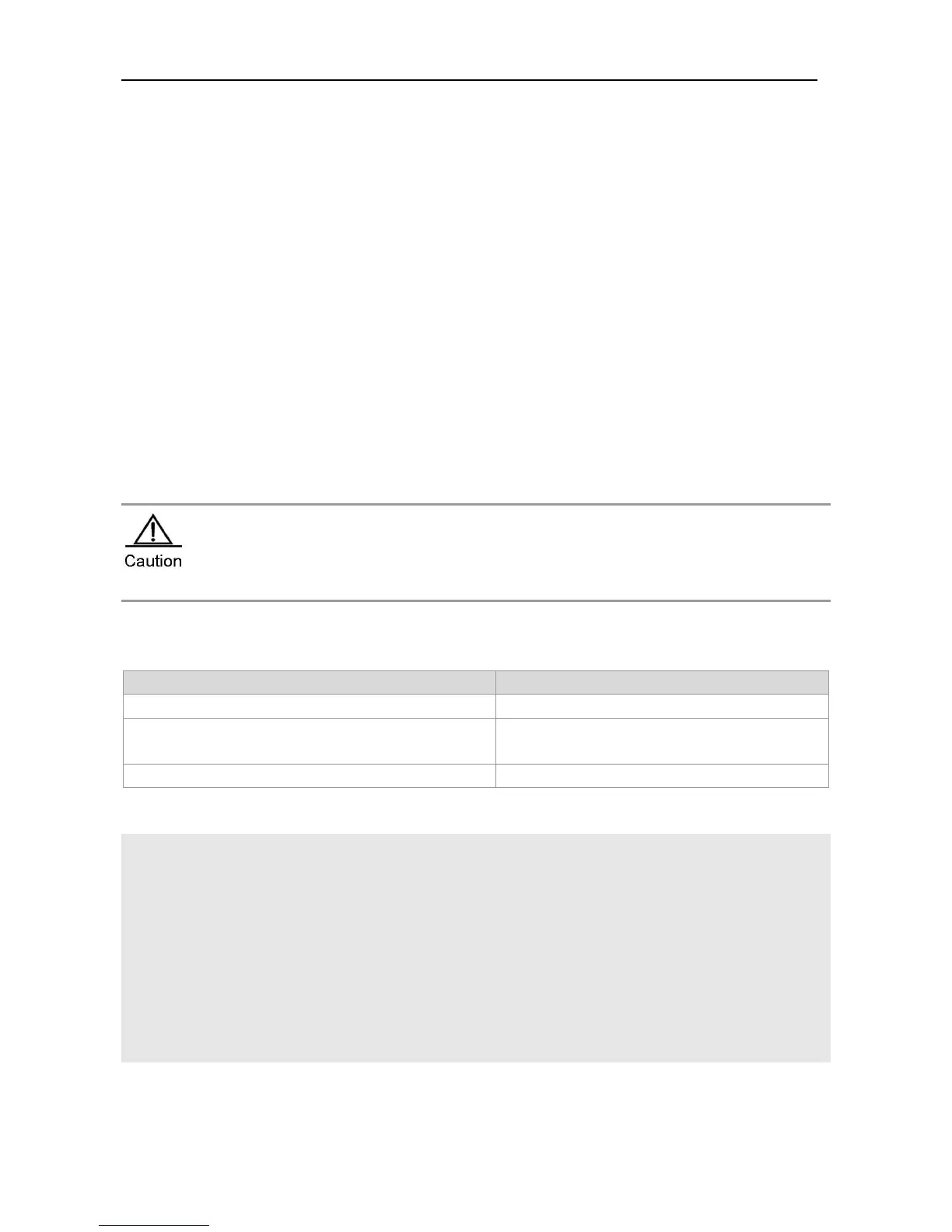